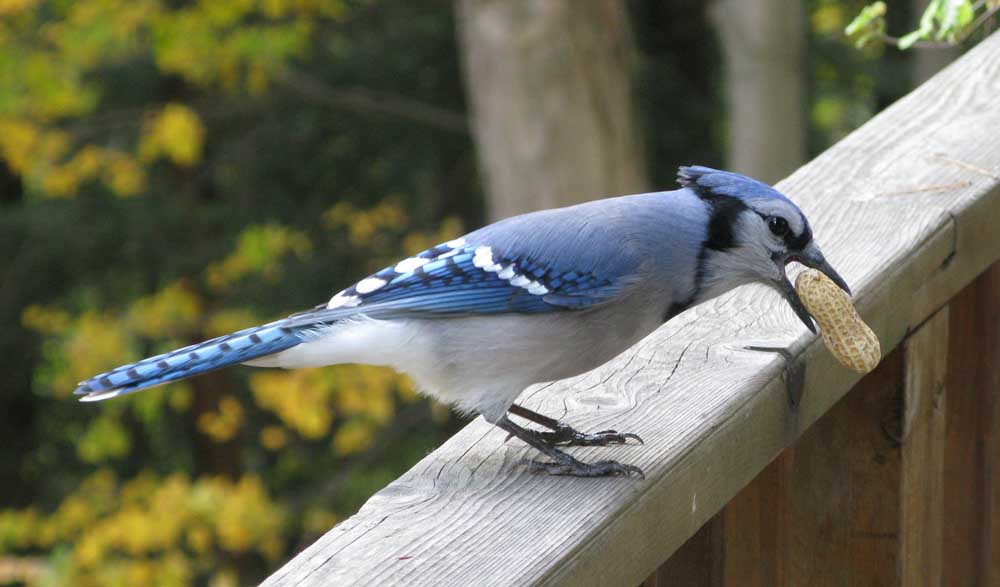Northwest Nature Log: Our two blue jays aren’t ‘bluejays’
Published 12:10 pm Tuesday, March 29, 2016

- Blue jays like this one are native to eastern and central North America and aren't found on the West Coast.
By SUZANNE STAPLES
Trending
If you spend time around the Ocean Park Library you are likely to notice a blue bird with an attitude. Noisy and obvious, he is often perched on the rustic fencing nearby. Although he is a member of the jay family, and he is blue, he is not a bluejay, as such. Maybe this is nitpicking, but since there actually is a bluejay, we should call this guy by his correct name, which is scrub jay: western scrub jay, actually.
To make it even more complicated, we also have another blue jay who lives here, the Steller’s jay. Not to worry, if you are interested in sussing out the differences, it’s pretty easy.
Personality-wise, all three jays are about the same: kind of an in-your-face bird. Assertive and loud.
Trending
One spring a few years ago in the Willamette Valley, I noticed the side yard that was usually alive with bird song and bird activity was very quiet. No birds on the ground hopping and digging through the duff, no robins and chickadees singing and preparing nesting areas. I particularly missed the little Bewick’s wren that nested in the thick hedge every year. I started to watch for activity and it didn’t take long to notice that a scrub jay pair was routinely patrolling the margins of the yard, hopping tree to tree, virtually kicking out any birds that came too close. They had a nest in the huge Japanese maple and had set up a very effective perimeter. Until their noisy, fuzzy youngsters were fledged, the yard was off-limits to all others.
This is the jay that we can now see around the Peninsula. They are much less common than their cousin, the Steller’s jay, but since they’re anything but secretive, they can be found pretty easily. Look for a whitish wash on the chin and upper breast and a dotty blue breastband that does not meet in the center of the breast. I think that breastband is what causes confusion. The blue jay (note two words) has a dark solid necklace that goes all the way around the neck. There are other field marks, but that is the easiest to see. Also, bluejays aren’t here. Montana is about as close as they usually come. Of course, there are always the odd birds who end up here, but think of the saying “if you hear hoofbeats, think horse, not zebra”. It’s great to see an oddity, but chances are…
The Steller’s Jay is pretty foolproof. Big, floppy black headcrest, luminous dark blue-black body and lovely blue eyebrows. I often see the Steller’s hanging clumsily from my seed feeder, cadging an easy meal.
Speaking of the feeder, when I walked out to the yard this morning, it was already full of early diners. Towhees, nuthatches, song sparrows, red-wings, chickadees — everyone was there. And best of all, the dawn chorus was in full song. The sweetest part of spring for me, the noisy, hope-filled, joyous noise of all the birds who have returned once again to live with us and cheer us.









